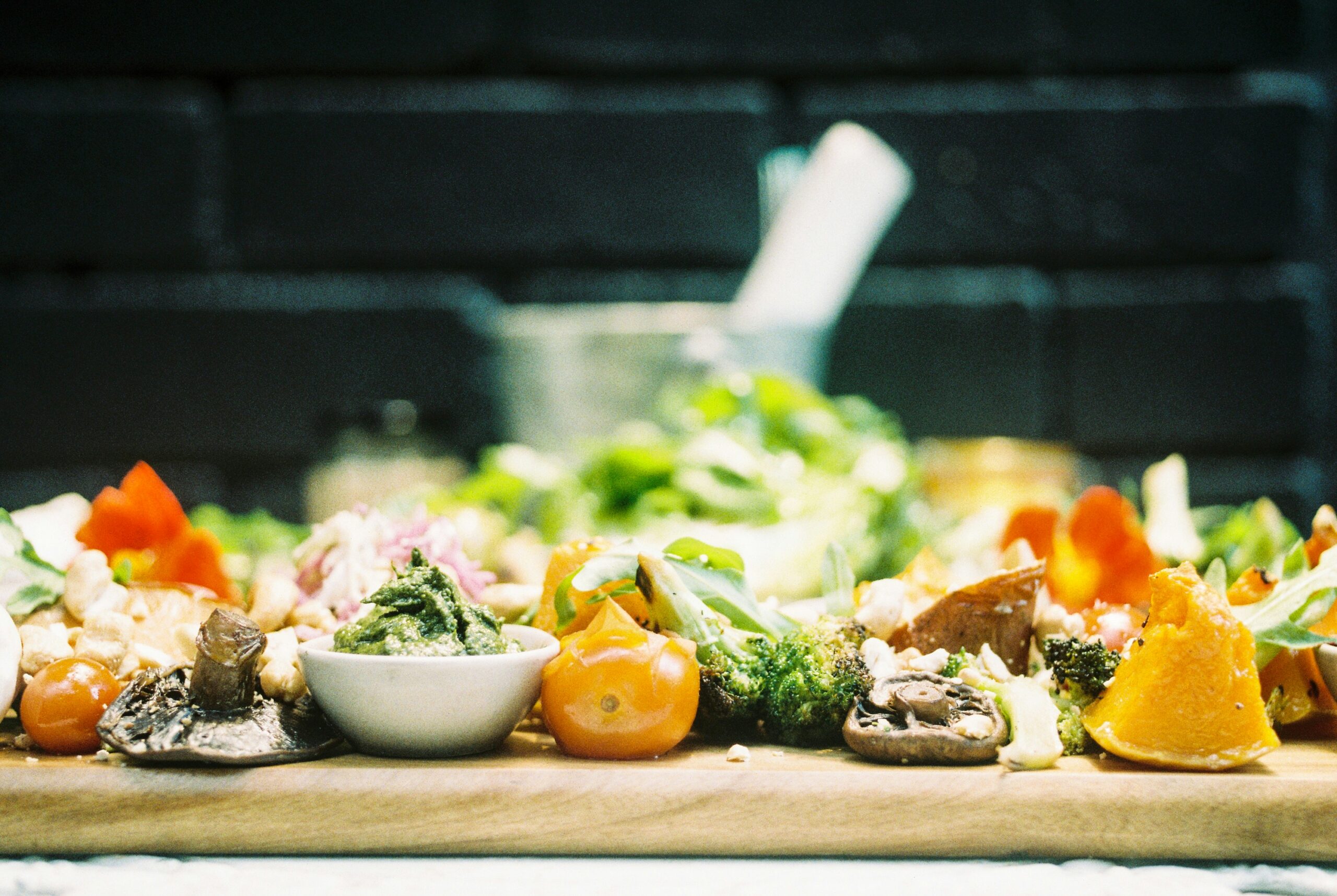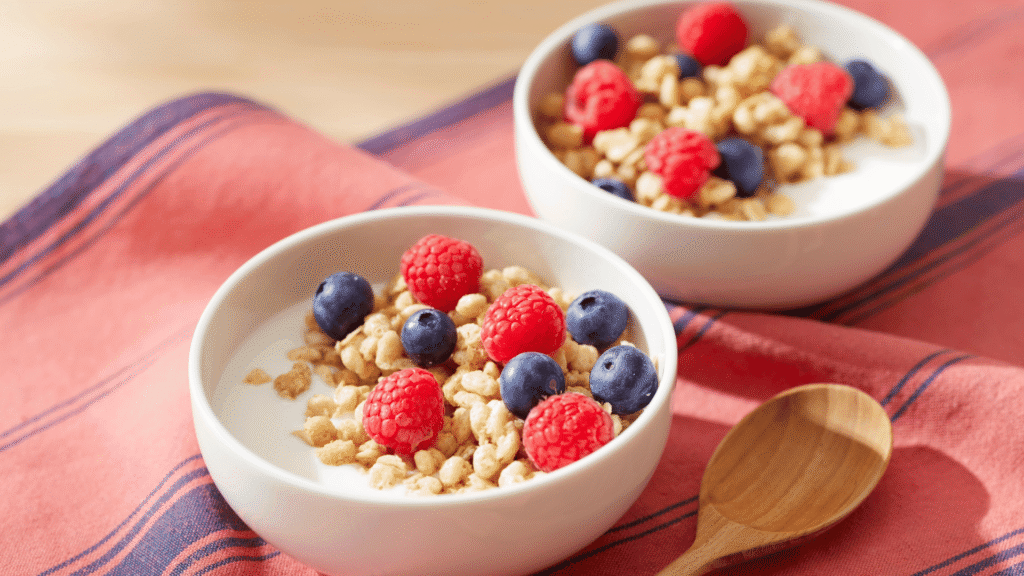Food we all need it, we all love it. But here’s something that might leave a bad taste in your mouth: a huge chunk of it never gets eaten. Every day, perfectly edible food is thrown out, or worse lost before it even reaches our plates. It’s a silent crisis that’s often overlooked, but the environmental and economic damage is real. Two terms often pop up in this conversation: food loss and food waste. They might sound similar, but they actually refer to two very different problems. Let’s break it down.
What is Food Loss
Food loss happens early in the food supply chain during production, post-harvest handling, storage, and transportation. It’s the kind of loss that occurs before food ever reaches the shelves or our homes. Think of a farmer who can’t sell his produce because it was damaged during harvest, or fruits left to rot in a warehouse due to poor storage. Bad weather, pests, outdated equipment, and inefficient logistics are often the main culprits.
In short: food loss = food that never gets the chance to be eaten.

Photo by simon peel on Unsplash
What is Food Waste
Now let’s talk about food waste this is where we, the consumers, play a starring role. Food waste happens after the food reaches the market or our homes. It includes leftovers we don’t finish, expired items sitting in the back of the fridge, or that oddly shaped tomato we ignored at the supermarket because it looked “weird”. Restaurants, grocery stores, and households are the usual suspects here. And unfortunately, this is where the most avoidable waste happens.
So, What’s the Key Difference?
It’s all about where the loss occurs.
Food Loss = before the food reaches us
Food Waste = after the food is already in our hands
Both are major problems, but they require different solutions.
Why Should We Care?
Because wasting food is more than just tossing scraps. Food loss affects farmers’ income, food security, and global supply chains. Food waste contributes massively to landfills, greenhouse gas emissions, and unnecessary use of water, energy, and resources.
In a world where millions go hungry, the amount of food we waste is not just shocking — it’s heartbreaking.
How Can We Tackle Food Loss & Waste?
1. Educate & Raise Awareness
Start with ourselves. Understanding what food waste and food loss actually mean is the first step to solving them. Schools, communities, and governments need to push food sustainability education more than ever.
2. Improve Farming & Distribution Practices
Support and invest in better farming techniques, cold storage solutions, and efficient transport especially in developing areas. That way, more food survives the journey from farm to fork.
3. Smarter Consumption Habits
Plan meals, buy only what you need, and get creative with leftovers. Don’t let expiry dates scare you learn the difference between “best before” and “use by”.
4. Reuse, Recycle, Compost
Don’t toss that banana peel just yet. Organic waste can be turned into compost or energy, helping reduce methane emissions in landfills.
Final Thoughts
At the end of the day, food is too valuable to waste from the hands that grow it, to the effort it takes to bring it to our tables. By recognizing the difference between food loss and food waste, we can take smarter actions to combat both. So the next time you’re about to throw out that last slice of bread or reject a “wonky” carrot pause. Be mindful. Small choices make big changes.
Let’s treat food with the respect it deserves.




